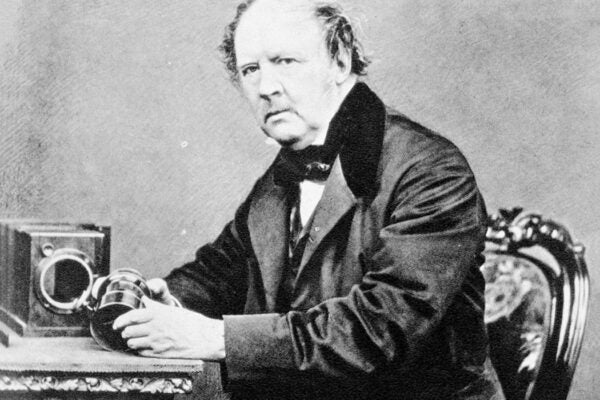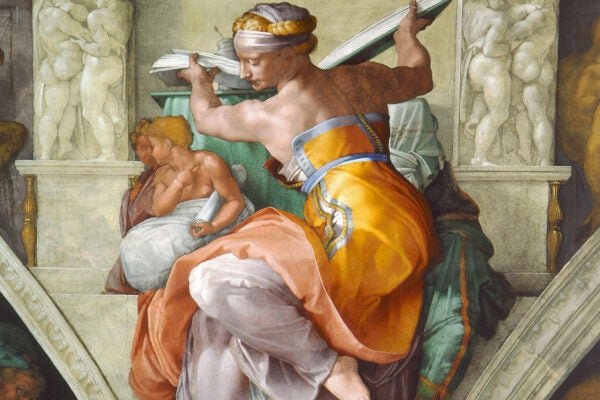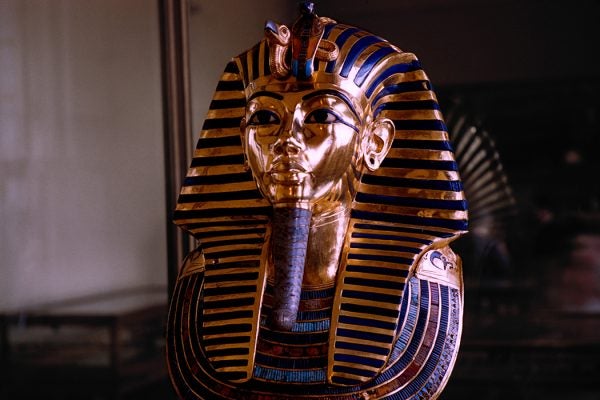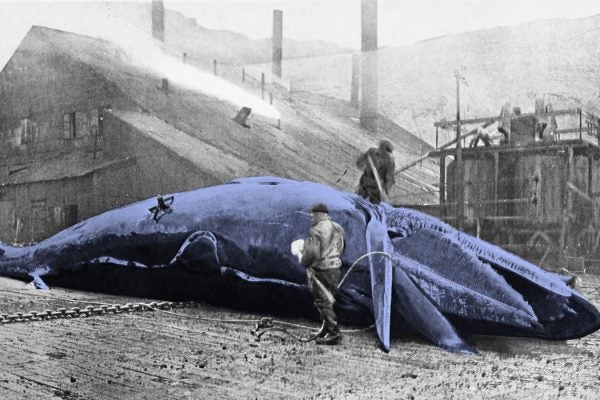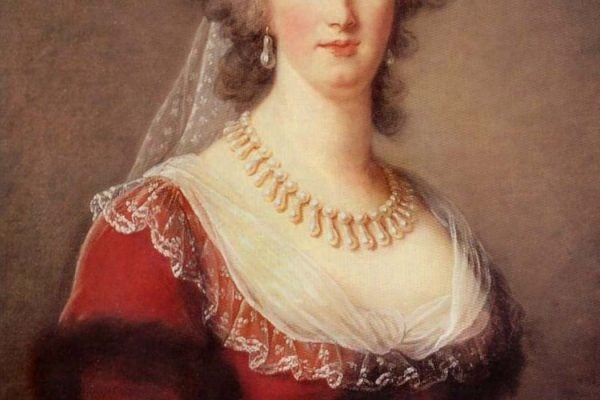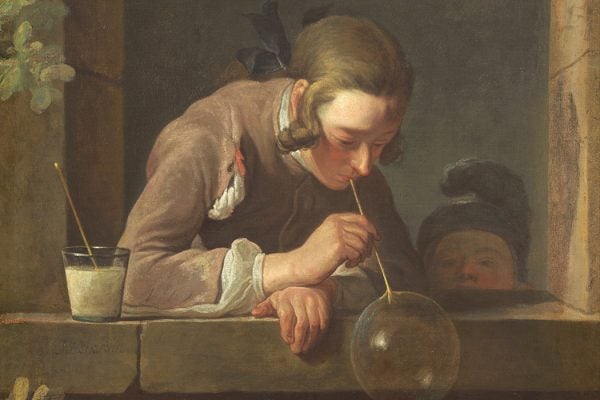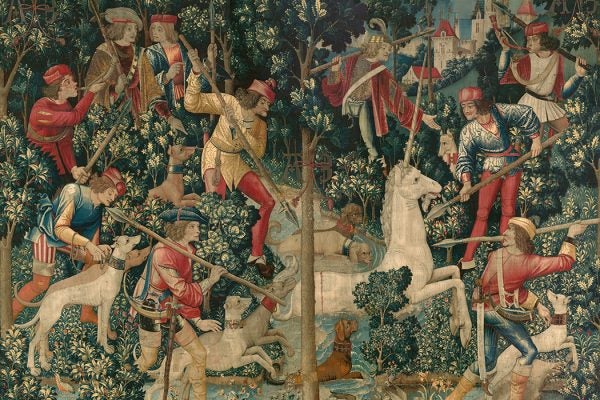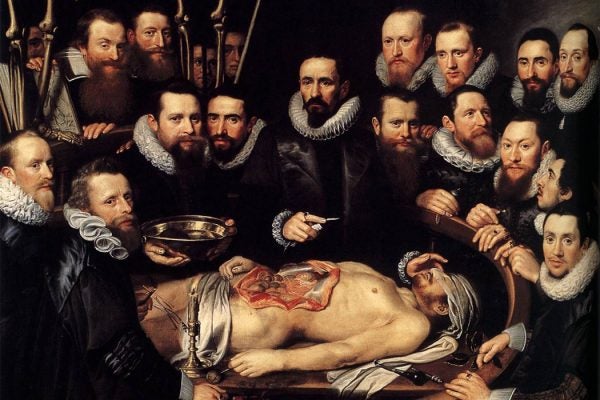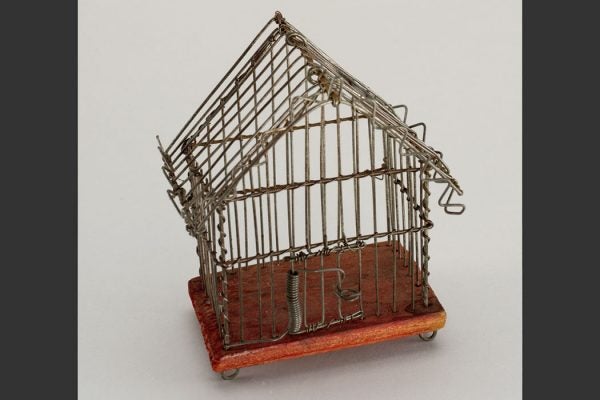The Daguerreotype’s Famous. Why Not the Calotype?
William Henry Fox Talbot’s obsession with protecting his pioneering photographic process doomed his reputation and reduced his legacy to historical footnote.
Delts Don’t Lie
Renaissance artists routinely used men as models for their depictions of female subjects, yet only the musculatures of Michelangelo tell that story.
The Discovery of King Tut’s Tomb
A century ago, a lost tomb was uncovered on the west bank of the Nile River. The scarcely studied Pharaoh Tutankhamun immediately became an icon.
So You Plan to Teach Moby Dick
The study of Melville’s novel is enhanced by contextualizing it with primary and secondary sources related to the American sperm whaling industry.
The Drama of Point d’Alençon Needle Lace
In its heyday, lace was beautiful, expensive, and handmade. Naturally, lace smuggling became the stuff of legend.
The Soap Bubble Trope
Throughout the history of philosophy, literature, art, and science, people have been fascinated with the shimmering surfaces of soap bubbles.
The Hunt of the Unicorn Tapestries Depict a “Virgin-Capture Legend”
They’re big in elementary school, but unicorn tableaux also have a complex iconographic history that combines religious and secular myths.
The Buggy Truth about Natural Red Dye
The slightly disgusting secret ingredient that has historically made food dye, lipstick, and even the cloaks of Roman Catholic cardinals so vibrant.
Public Dissection Was a Gruesome Spectacle
Renaissance-era anatomists taught people to “knowe thyself” by reading the books of bodies.
Keeping Crickets for Luck, Song, and Bloodsport
Design can facilitate the worst of human instincts, including forcing animals into servitude and violence. Cricket cages tell stories about how people have treated the insects throughout time.
